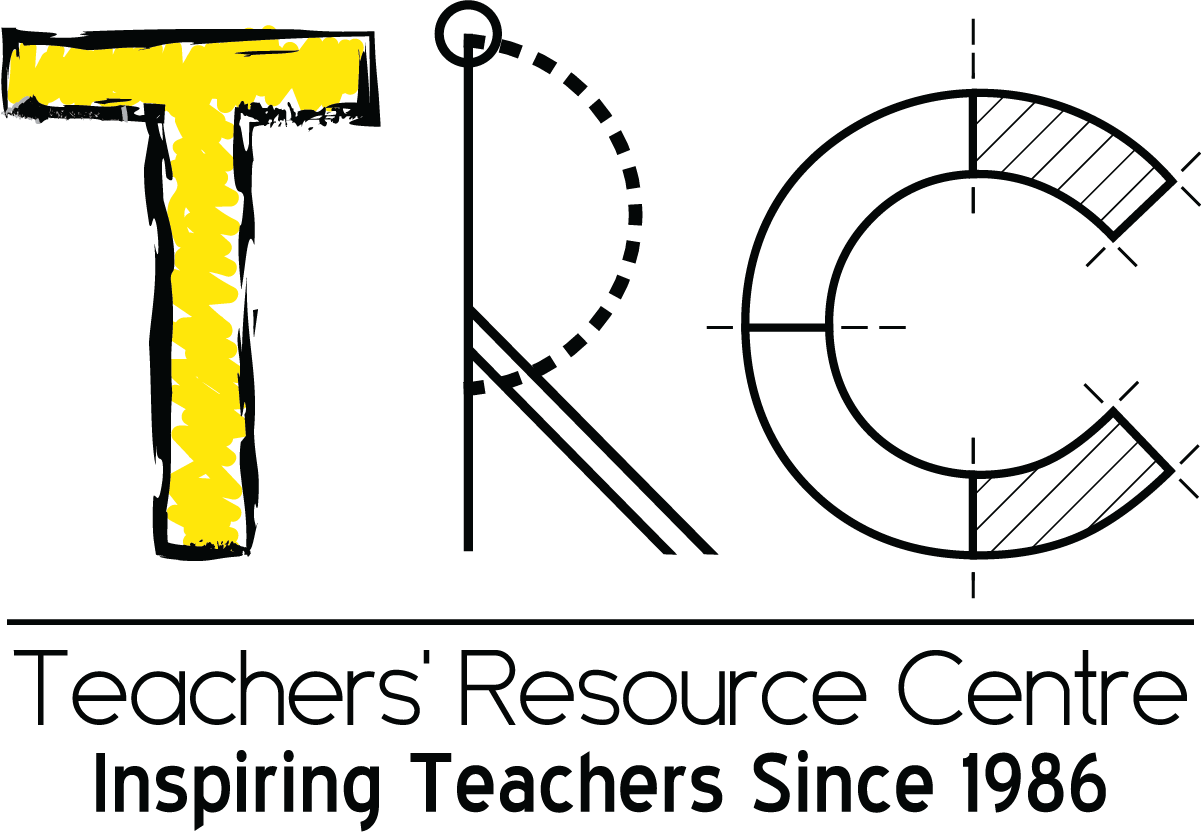No products in the cart.
Cutting out clutter from the classroom … and your life!
If your classroom is drowning in clutter and you just don’t know where to begin, look no further. In this article, Sana Lone shares tips and easy-to-follow guidelines that have helped her cut the clutter from her classrooms and stay on top on things.
Remember end of term? Remember wrapping up everything before going off for your summer vacation? It’s probably the busiest time of the year for us teachers. At the school where I work teachers are required to clear out everything from the cupboards, classroom interest areas and bulletin boards. And not surprisingly, the teachers who kept their classrooms clutter-free the entire year managed to finish their work with ease, whereas the ones who let clutter build up faced the toughest time as not only did they have to clear out things, but they also had to sort through endless odds and ends. I used to be that kind of a teacher (the latter kind) in my first year in the profession. But I learnt very early in my career that it is wiser to keep my class organised and free of clutter throughout the year.
What’s wrong with a little bit of a mess?
One might ask how much of a difference it makes to have a little bit of a mess around the classroom. To begin with, even a slightly messy classroom looks aesthetically unpleasant and will give the impression of disorder and chaos. As teachers we need our materials such as stationery, notebooks, and other resources to be used during teaching and while exploring various concepts, ready at hand. But if we have to sift through tonnes of useless stuff to find what we require, a lot of precious time is wasted.
Also the environment plays an important role in a child’s holistic development and if her surrounding is in disarray and confusion, the child might grow up to incorporate the same in her life. As children often look upon their teachers as role models and try to follow and adapt their ways and habits, it only makes sense to be orderly and neat. Thus through organising your classroom you can not only make your own life stress-free, but also induce discipline and good organising skills.
Clean-up time
If you want to clean up your classroom, begin with a picture of it and see what objects are contributing to the clutter. Next make an imaginary discarding box in your mind and put a label on it that says “Clutter,” then start putting things into it.
So what goes into our imaginary box?
Things not used in a while
Sometimes we tend to keep in stock material that we have used only once for an activity. We hold onto it in case we will need it in the future. If there is any such item in your class, please chuck it in the box.
Material that can be used by someone else
Resources such as posters, flashcards, question cards, pictures, extra chart paper and stationery which you have not used in a long time can be used by someone else. So instead of holding on to all this clutter, share it with someone who may be able to utilise it.
Is it recyclable or is it just a piece of junk?
Although I strongly support recycling material, it doesn’t mean that you have to collect everything in sight just because you might need it in future. Sometimes we tend to amass junk thinking we will recycle it. Just like all the other stuff in the clutter box you just have to let go of all junk so that someone else might make real use of it.
Objects with sentimental value:
As I was teaching Class 1, I faced a dilemma almost every working day: Where to keep all those adorable drawings the children in my class made for me? It was almost impossible for me to not take those drawings, as the children put their heart and soul into them and handed me their works of art with bright expectant smiles. Every time I got handed a drawing I would be thinking “Oh dear! Where on earth am I going to keep this?” After all, those drawing were a way for these children to express their love for me so I couldn’t possibly think of throwing them away. So I used to have a whole stack of papers with tiny drawings and words scribbled all over them.
Finally I figured out a way in which I could keep some of the drawings in the class in a corner. As for the other drawings I would comment on the artwork and suggest to the children to display them in their bedroom in some prominent place. In the end no matter how emotionally attached you feel to some of the objects, one needs to find a place for it either on a wall as a display or in the dustbin, as clutter.
Everything free is not for you to take
In my school we have a corner for recyclable material and we were free to take whatever we wanted from it if we needed to use it. Although sometimes it was tempting to pick up a few extra things in the hope that it would be useful in class. On a few occasions I did pick up the odd extra bit, and it turned out to be useless for me in the end. The ‘free stuff’ either had to be stowed away in a dark corner of the classroom cupboard or it went straight back to the recycling corner. The lesson? Just because something is free is no reason to take it.
So once we are done with removing useless items from our classroom by putting it in the clutter box, we automatically get an open and mess-free classroom environment. Now we are ready to organise the items that we need in a systematic and ready-to use way.
How to create order
Here is how you can use your newly cleaned-up space to create order in the classroom.
Storage areas
Storage areas, such as cupboards and shelves can be divided and labelled according to the material that you have on hand. When you label things it just makes it so much easier for you to find everything exactly when you need it. Not only does this save a lot of time that could be spent searching for things, but it also makes your work more efficient.
Prioritise
Place your things according to priority. For example, things you use on a daily basis can be kept in an easily accessible place. Things that are used once a week can be kept on a higher shelf. Things needed early in the morning such as board markers, pencils, erasers and dusters can be kept in a designated space so that they are instantly available.
Label everything
Label each thing in the classroom. This will help in two ways: children will be able to put material back in its correct space when they are done using it and it will also help you keep track of where each object is. Put smaller things in boxes and tins (recyclable material comes handy here). You can use old shoeboxes or tins to store pencils and erasers.
Bulletin boards
I’m sure you change your bulletin board often according to the current theme in your classroom. Talk to your colleagues and create a pool of bulletin board displays, which can be rotated and shared amongst you. This will save stationery resources and time and effort; make a folder for it and keep it safe in a labelled shelf in your cupboard. If however, you have no use for those images and texts then don’t bother storing them … put them in the school’s recycling box.
Hopefully these tips and insights will help you to keep your class free from clutter and general messiness and enable you to keep your space airy, spacious and pleasant. Enjoy making your class clutter-free!
Sana Lone used to teach Class 1 at P.E.CH.S. Girls’ School, but is currently taking a break from teaching.
July 2012

